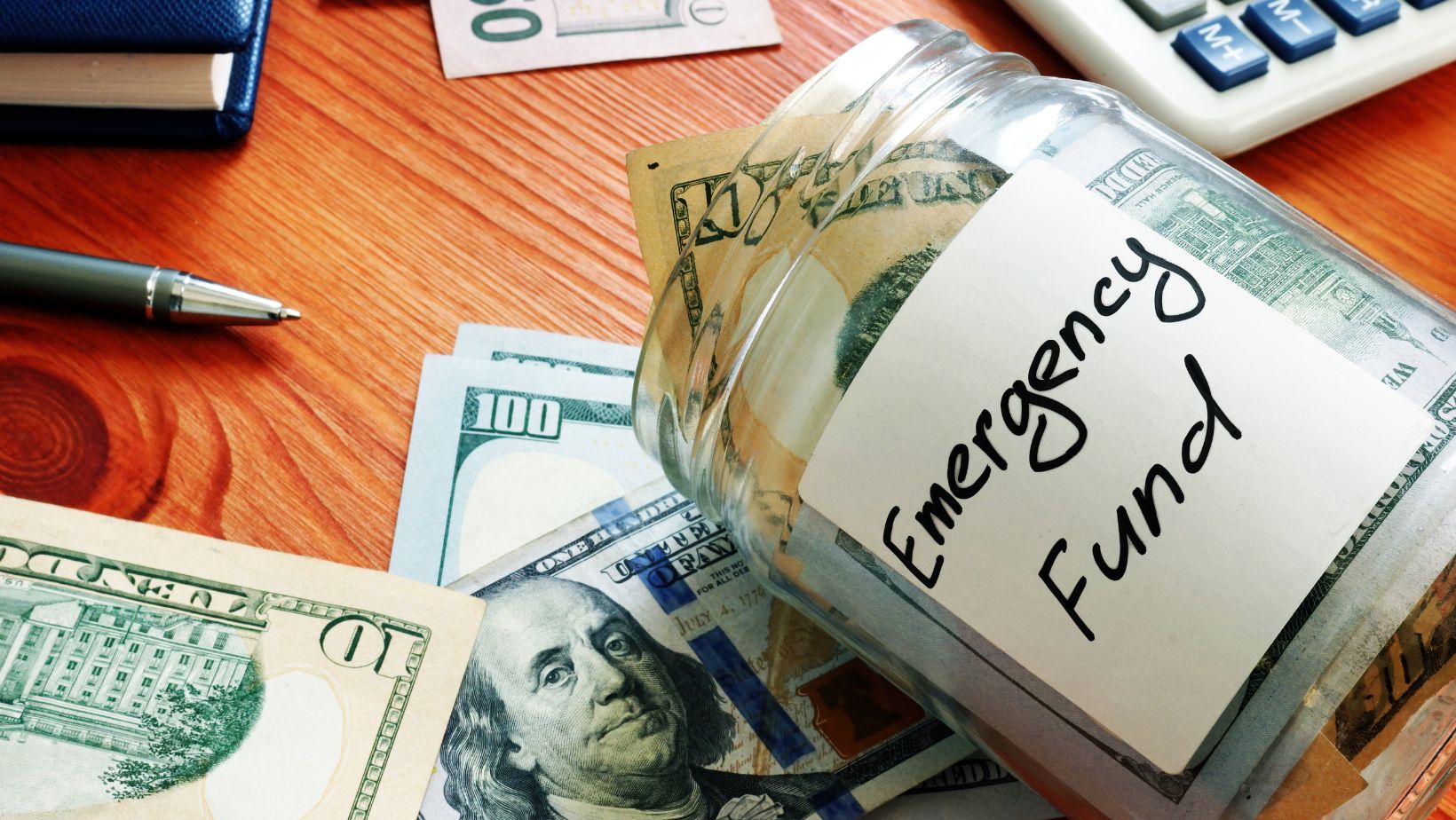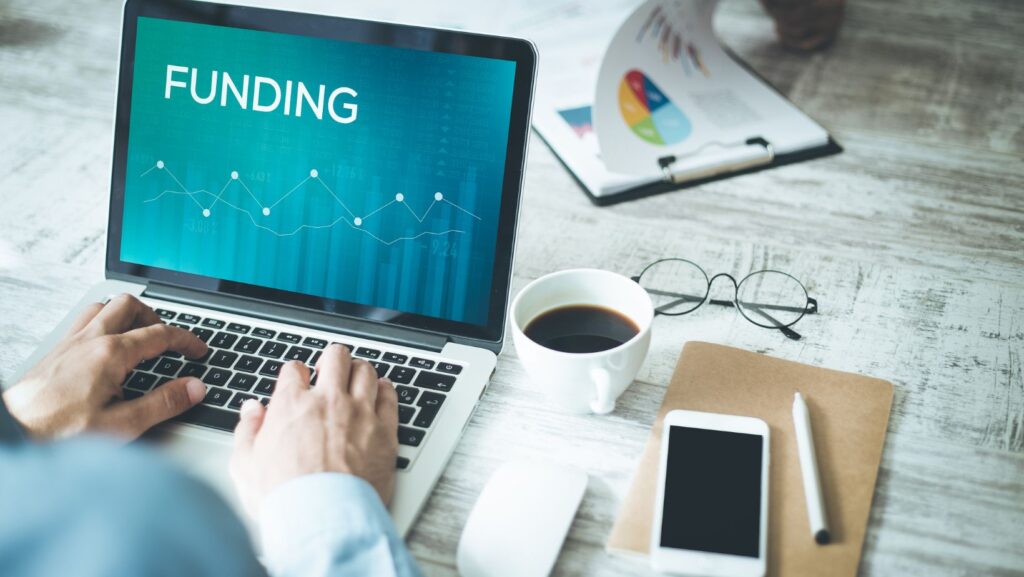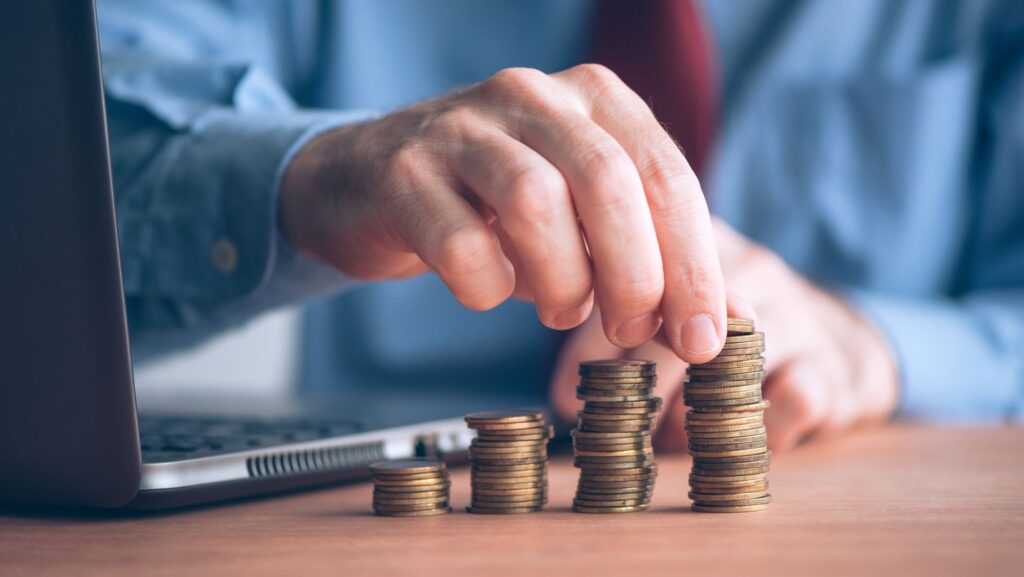Important Tips for Creating an Emergency Fund

An emergency fund is an essential financial tool that everyone should have. It will help you recover from a variety of stressful situations in a short amount of time.
Do you not have an emergency fund? You need to change that. Read these useful tips for creating one.
Store It in a Savings Account
Don’t keep your emergency fund in the form of cash. Cash is more challenging to keep track of and more tempting to spend. You might find yourself grabbing bills from your emergency fund whenever you decide to order takeout or go out for a night with your friends.
Your emergency fund should be stored in a savings account. This will keep your savings out of sight and out of mind. You won’t be as tempted to pull from the funds when you need some extra money for a non-emergency.
A savings account is also designed to help your emergency savings grow. It will have an interest rate that will slowly increase your balance, and it will have limitations on withdrawals, preventing you from dwindling the amount unnecessarily.
After you accumulate a large amount of emergency savings, you can transfer them into an account with a higher interest rate, like a high-yield savings account or money market account.
Automate Your Contributions
Your emergency fund won’t grow if you keep forgetting to make contributions. So, to guarantee that you never forget to add in a portion of your paycheck, you should automate transfers between your checking account and your emergency fund’s savings account.
Have Backup Plans
When your emergency fund is brand-new and fairly empty, you won’t be able to rely on it. You’ll have to consider other “backups” for emergency expenses.
One of those backups could be your credit card. You could put the emergency expense onto your credit card and then pay down the balance afterward. To guarantee that you can use your credit card in emergencies, you should try your best to keep the outstanding balance low. This will give you plenty of available credit to use at a moment’s notice and prevent you from accidentally maxing out your card.
A personal line of credit is another revolving credit tool that you can use to cover an emergency expense when you don’t have enough savings available. With a line of credit, you can request a withdrawal within your limit and then use those borrowed funds to manage your urgent expense. Once the expense is taken care of, you can follow a billing cycle to repay the borrowed funds and replenish the credit in your account.
What if you don’t have a personal line of credit account? You could go to a website like CreditFresh and see whether you meet all of the application requirements for this credit tool. If you do, you can send in your application online. You just might get approved for a personal line of credit loan.
Save Big
Your savings target should be between 3 to 6 months’ worth of your income. Why? This is a standard benchmark that can help you cover a wide variety of small emergency expenses, from plumbing repairs to veterinary bills.
It’s also enough to help you get through times of upheaval, like if you fall ill or lose your job. The savings in your emergency fund could supplement your income so that you can maintain your financial stability in a difficult time.
Stop leaving yourself vulnerable to emergencies. Start saving up now.
-
Quotes1 year ago
30 Inspirational Thoughts For The Day
-
Self Improvement1 year ago
7 Tips To Recreate Your Life In 3 Months And Change Your Destiny
-
Motivation1 year ago
5 Excellent Ways To Stay Focused On Your Dreams
-
Quotes1 year ago
21 Quotes About Chasing Perfection And Striving For It
-
Health1 year ago
4 CBD Products Your Dog Deserves To Have
-
Personal Finance2 months ago
How Do I Find My UCAS ID Number?
-
Entrepreneurs1 year ago
1Password Evaluation – The Highest Ranked Password Manager Out There
-
Entrepreneurs2 years ago
51 Lucrative Ways to Make Money From Home





























